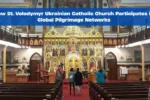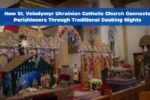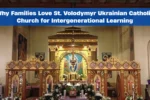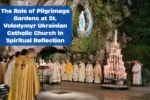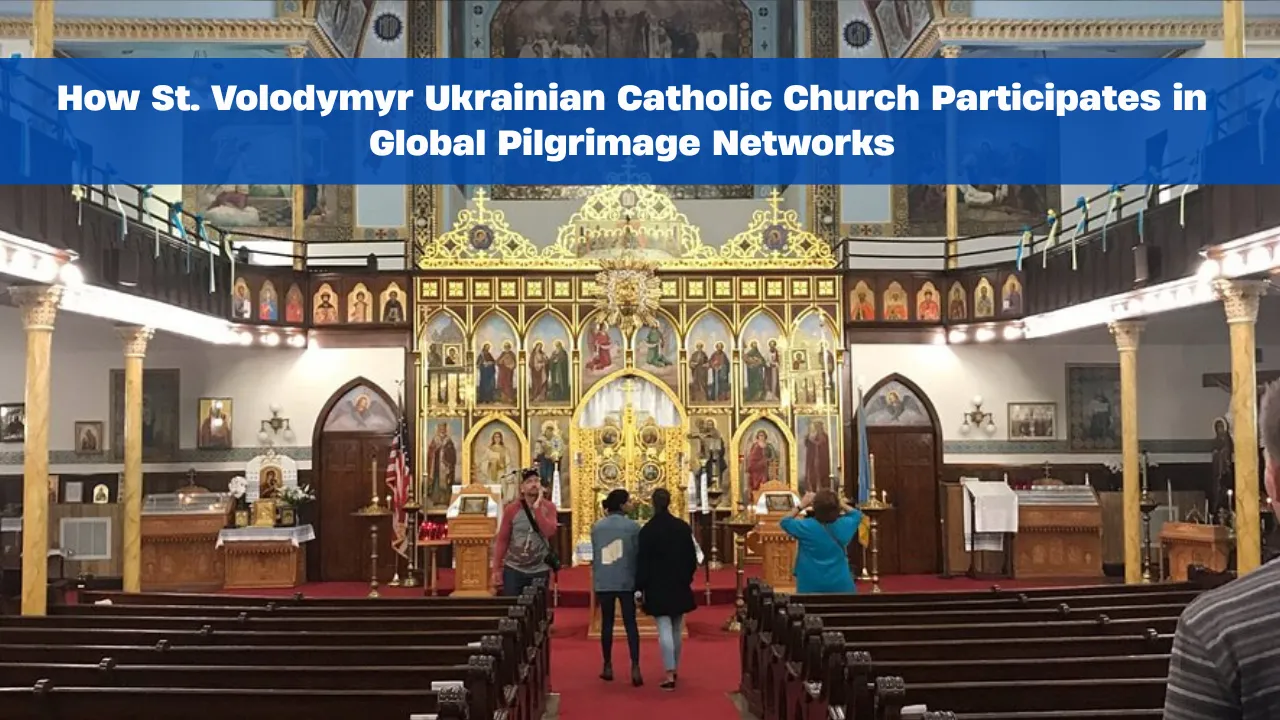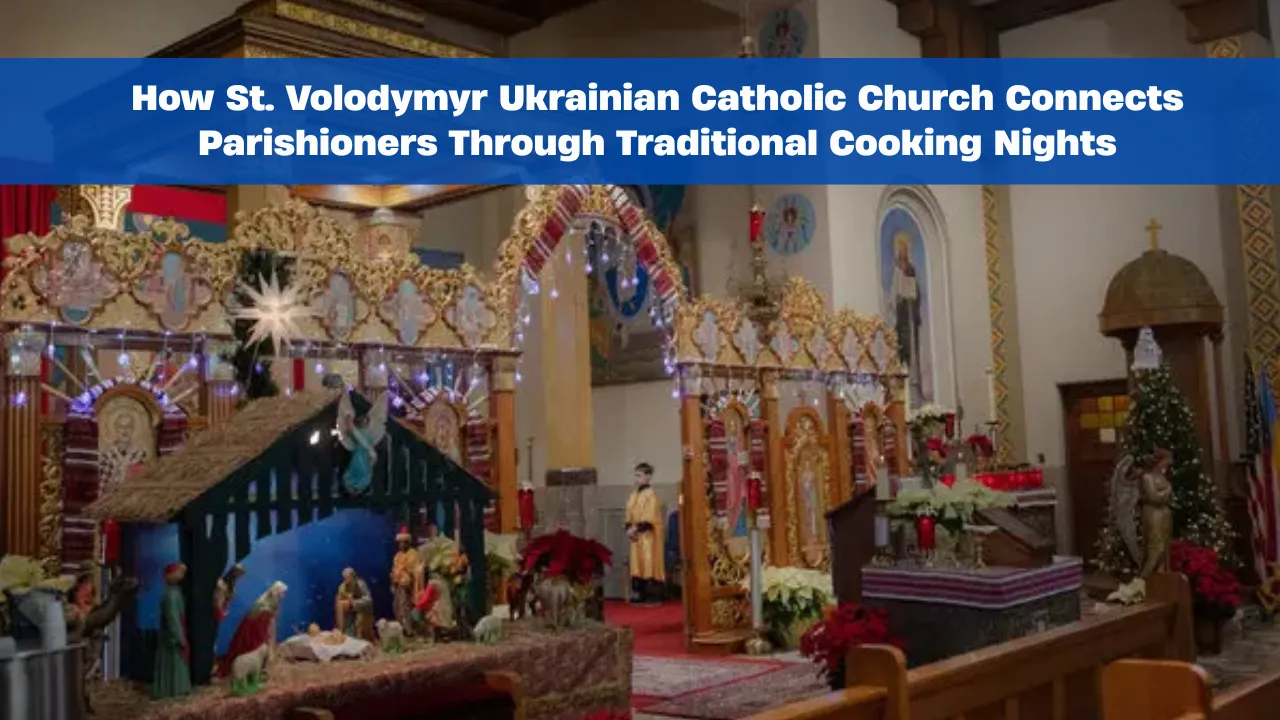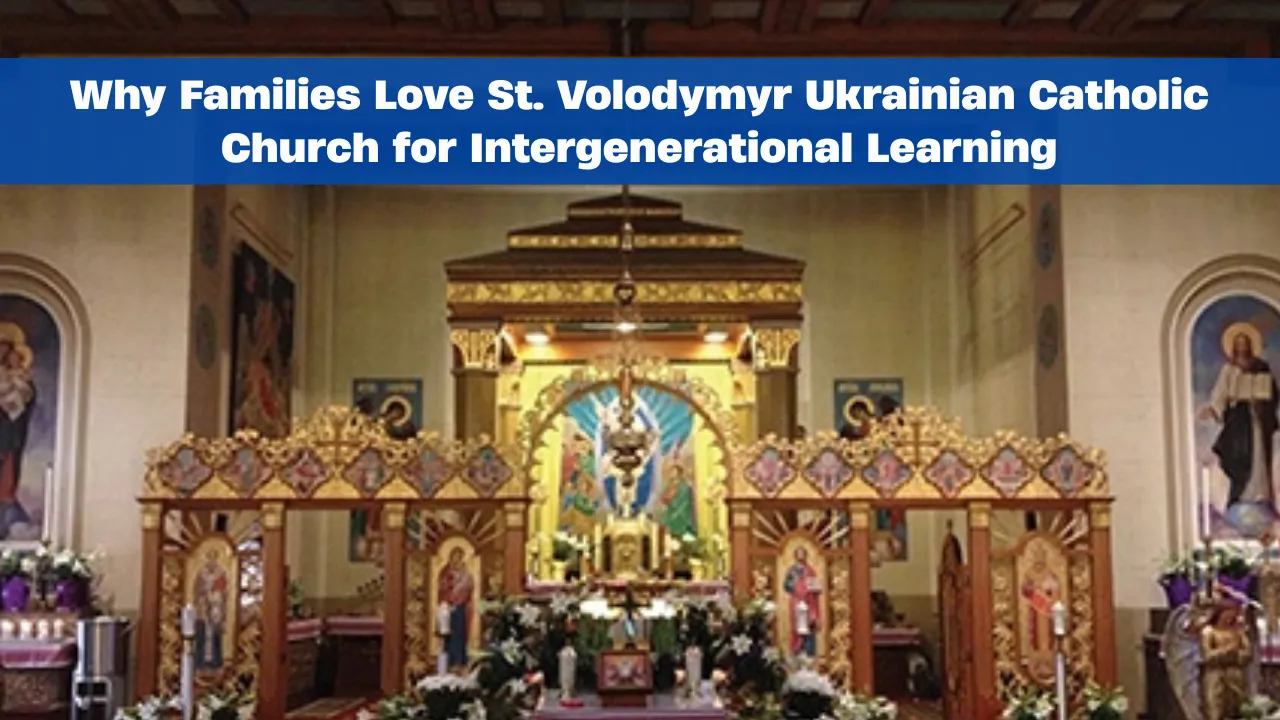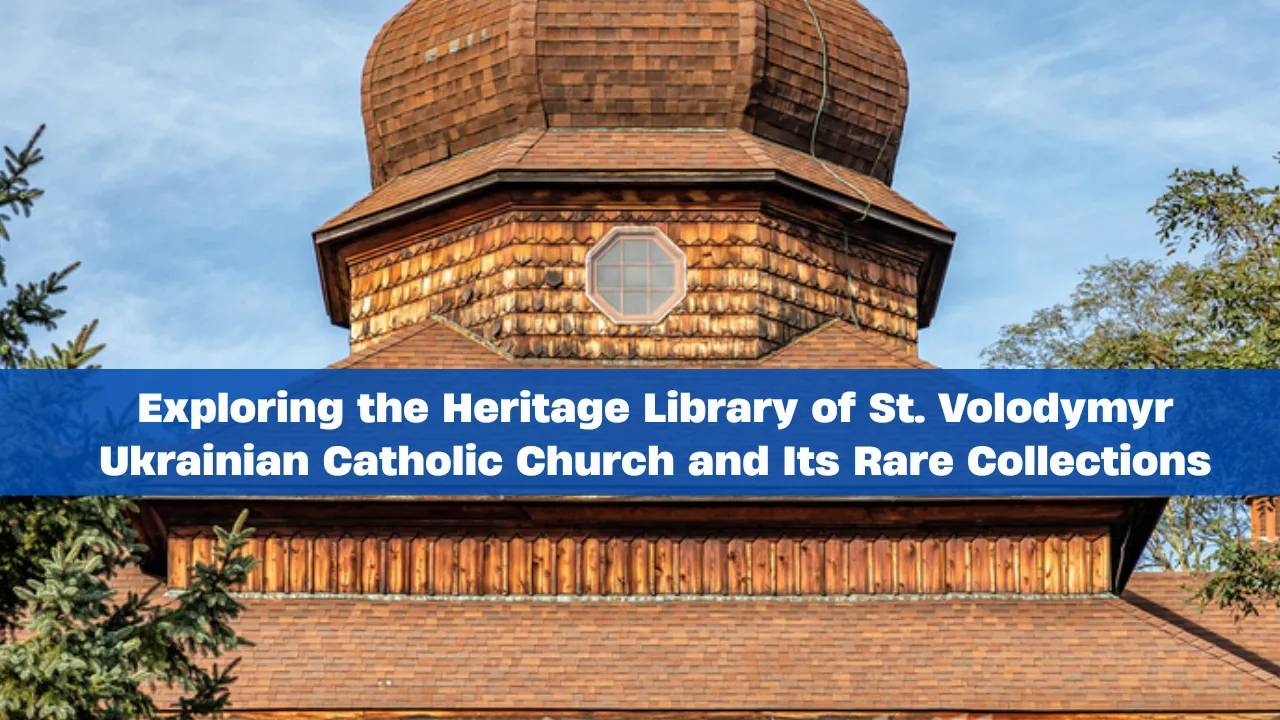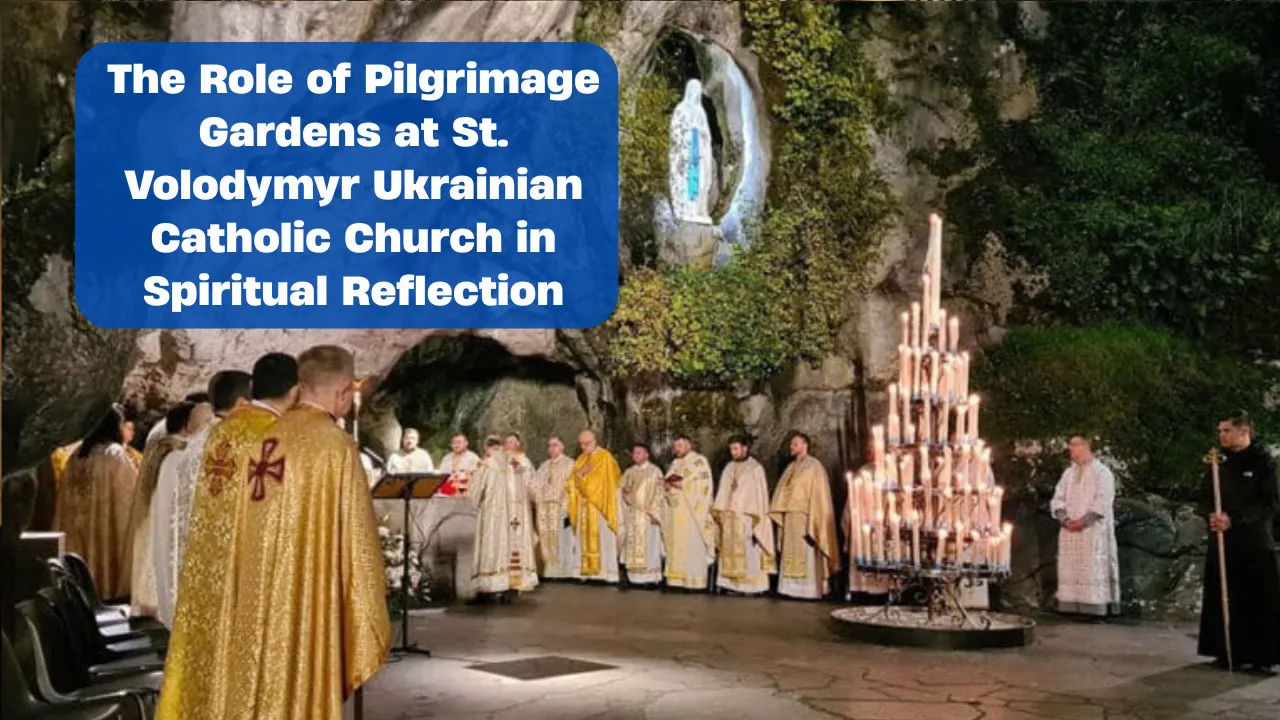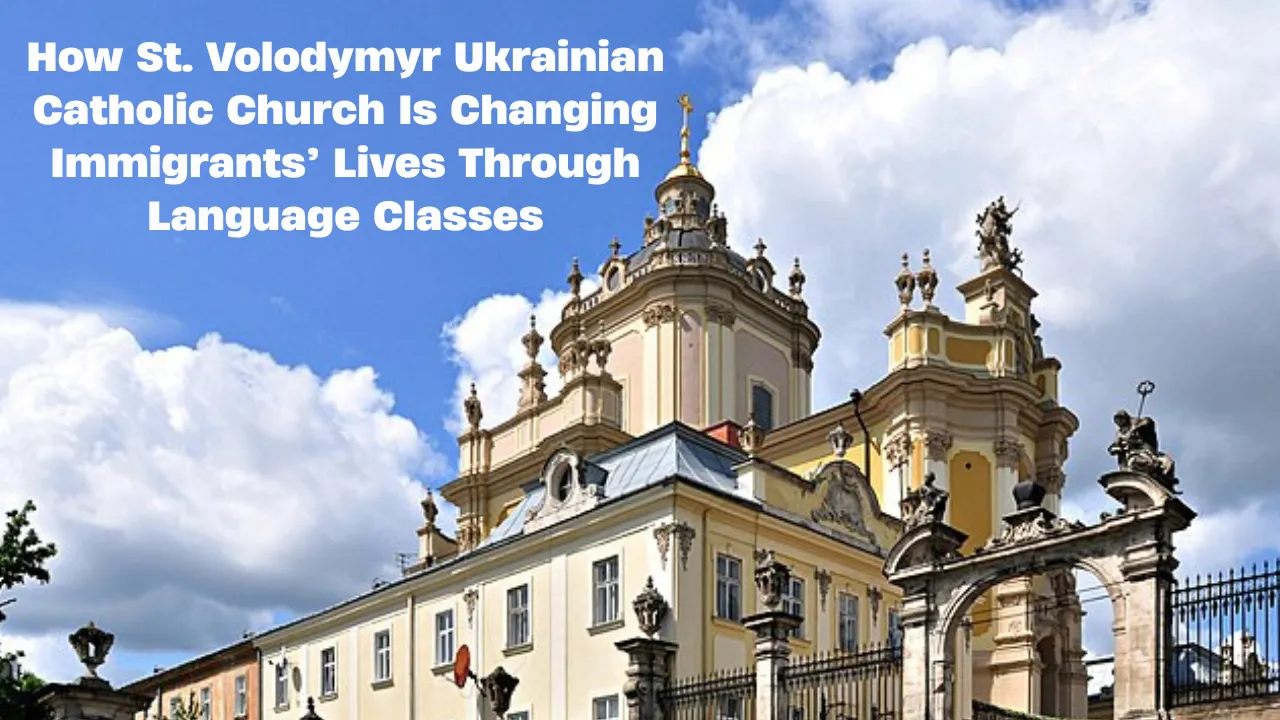St. Volodymyr Ukrainian Catholic Church stands as a vibrant home for faith, heritage, and cultural preservation. Nestled in the heart of its community, the church not only serves as a sacred space for worship but also as a living vessel of Ukrainian traditions. One of the most remarkable practices found here is the use of traditional dance as a form of prayer—a practice that blends movement, music, and devotion into a deeply spiritual expression.
This article explores how this centuries-old art form thrives within the parish, how dance becomes more than performance, and why it remains a powerful bridge between cultural identity and religious devotion. We’ll look closely at the historical roots, the symbolic meaning, and the modern ways in which St. Volodymyr’s community keeps this tradition alive.
How Traditional Dance at St. Volodymyr Church Connects Heaven and Earth
At St. Volodymyr Ukrainian Catholic Church, traditional dance is not treated merely as entertainment. It is considered an offering to God, a form of worship expressed through movement. Rooted in the heritage of Ukrainian folk traditions, each step, turn, and gesture carries symbolic meaning. These dances often reflect themes of gratitude, joy, unity, and hope. The church integrates dance into cultural programs, feast days, and community celebrations, allowing parishioners of all ages to participate. By doing so, it transforms the act of dancing into a shared spiritual journey, where the body becomes an instrument of prayer and the community becomes a living choir of movement.
Overview Table: Dance as Prayer at St. Volodymyr Ukrainian Catholic Church
| Aspect | Description |
| Purpose | To express prayer, gratitude, and worship through traditional Ukrainian dance |
| Cultural Connection | Preserves Ukrainian heritage and identity within the faith community |
| Participants | All ages, from children in dance groups to elders in ceremonial roles |
| Occasions | Feast days, festivals, liturgical celebrations, cultural showcases |
| Spiritual Value | Encourages unity, joy, and a deepened connection with God |
| Community Impact | Strengthens cultural pride and intergenerational bonds |
A Living Tradition Through Movement
The tradition of Ukrainian dance is centuries old, shaped by regional styles, symbolic gestures, and community storytelling. At St. Volodymyr, this tradition is alive and evolving. The church fosters regular dance practices through its cultural programs, ensuring that even young members grow up knowing the steps and the stories behind them. Each movement can be tied to religious symbolism—circular patterns representing eternity, hand gestures expressing blessings, or synchronized steps reflecting unity in faith. By integrating these dances into church life, the community preserves a form of cultural memory while deepening its spiritual expression.
Dance as Spiritual Expression
The connection between dance and prayer is ancient, but at St. Volodymyr, it carries a unique resonance. Dance is not simply an accompaniment to worship; it is a form of worship itself. Parishioners often describe the experience as feeling like they are “praying with their whole body.” The music, often performed live with traditional Ukrainian instruments, sets a tone of reverence and joy. As dancers move in unison, they embody the spirit of togetherness that is central to both Ukrainian culture and Catholic faith. This shared physical expression reinforces the idea that worship is not limited to spoken or sung words but can also flow through movement.
Community and Cultural Identity
One of the most powerful aspects of this tradition is how it strengthens community bonds. The Ukrainian Cultural Center connected to the church organizes events, workshops, and classes that bring generations together. Elders teach younger dancers not only the steps but also the history and spiritual significance of each movement. These gatherings are more than rehearsals—they are spaces for storytelling, mentorship, and cultural preservation. In a world where traditions can easily fade, St. Volodymyr has built a system where faith and heritage reinforce each other, ensuring both will endure.
Key Highlights of Dance Programs
- Structured Dance Classes: Weekly sessions open to all skill levels, taught by experienced instructors rooted in both cultural and liturgical traditions.
- Festival Performances: Major feast days and cultural festivals feature choreographed dances as offerings of gratitude and communal celebration.
Why This Matters
The integration of traditional dance as a form of prayer at St. Volodymyr Ukrainian Catholic Church goes beyond aesthetics. It reflects a worldview in which every human faculty—voice, thought, and movement—can be dedicated to God. This practice also challenges the notion that prayer must be still or silent. For the Ukrainian Catholic community, movement becomes a form of liturgy, and dance steps become words in a prayer that transcends language. In doing so, the church offers a model of worship that is both deeply rooted in tradition and alive with contemporary relevance.
FAQs
1. Does the church teach these dances to beginners?
Yes, structured classes welcome newcomers and provide gradual instruction on both the steps and their spiritual meanings.
2. Are these dances only performed during religious services?
No, while some are integrated into liturgical events, others are performed at cultural festivals, community gatherings, and special celebrations.
3. Can non-Ukrainians take part in these dances?
Yes, the church often welcomes people from different backgrounds who wish to experience Ukrainian culture and its spiritual depth.
4. Is the music also traditional?
Yes, most performances feature traditional Ukrainian music, often played live, adding authenticity and emotional resonance.
5. Do the dances have specific meanings?
Absolutely—many movements carry symbolic significance tied to blessings, unity, and joy in worship.
Final Thought
St. Volodymyr Ukrainian Catholic Church offers a remarkable example of how cultural heritage can be seamlessly woven into spiritual life. Here, traditional dance is not a side activity—it is a prayer in motion, an expression of faith that engages the whole person. Through these movements, the community celebrates both its devotion to God and its enduring Ukrainian identity. For those seeking a deeper connection to faith through art, this practice is a moving reminder that prayer can take many forms, and sometimes, the most heartfelt ones are danced.
If this tradition inspires you, share it with someone who values culture and spirituality, and explore more about how movement can deepen your own prayer life.

